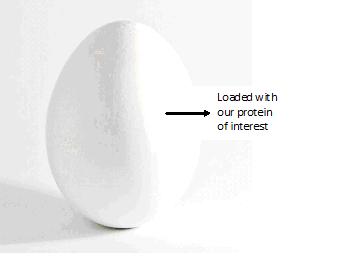Team:Imperial College London/M3/RestrictionEnzymes
From 2009.igem.org

- Overview
- Restriction Enzymes
- Dam Methylation
- Thermoinduction
 Module 3: Genome Deletion Overview
Module 3: Genome Deletion Overview
Restriction Enzymes
Restriction enzymes recognise particular sequences of DNA and cleave it.
In our system, the restriction enzymes DpnII and TaqI are produced.
These are 4 base cutters, meaning that they specifically target and cut short 4 base DNA sequences. With a high frequency of cutting, the genetic material contained within the cell will all be destroyed, including any inserted DNA.
Click here for more information regarding frequency of cutting by 4 cutters

about the restriction enzymes TaqI and DpnII.
A distinct advantage of using restriction enzymes for our 'killing' mechanism is that the cell membrane is left intact afterwards, and the protein of interest will still be protected by the encapsulated cell. This renders the bacterium no more than an inanimate shell containing our protein drug of choice.

about the restriction enzymes TaqI and DpnII.

About the ethical implications of live organisms.






 "
"






